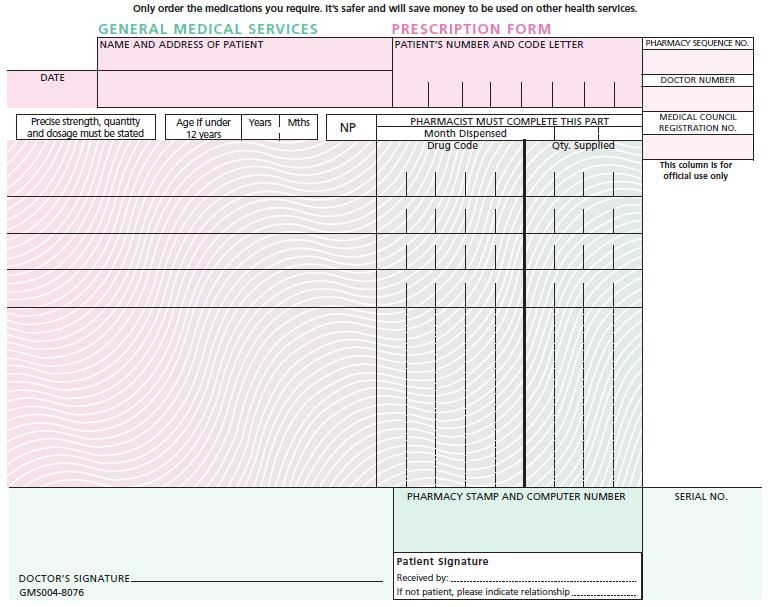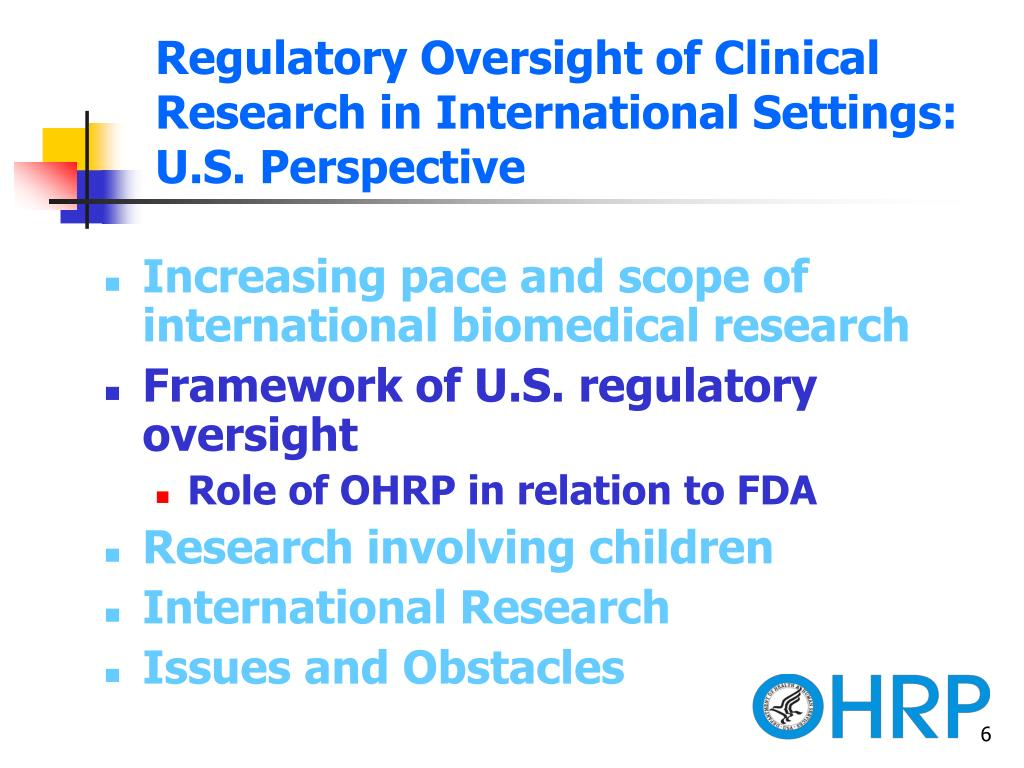
Primary care reimbursement is a critical issue facing the healthcare system, with many experts pointing to a crisis driven by skyrocketing demand and dwindling physician availability. The innovative ACO PC Flex model has emerged as a prospective payment solution aimed at enhancing primary care access by rewarding preventative care funding strategies. This five-year experiment anticipates increasing the financial resources allocated to primary care, thus incentivizing practitioners to focus on holistic patient wellness rather than just reactive treatments. As healthcare financing continues to evolve, initiatives like ACO PC Flex strive to create sustainable models that improve care outcomes while reducing costs. Ultimately, this approach could reshape how primary care professionals are compensated, aligning their reimbursement closer to that of specialists while improving overall patient care.
The financial sustainability of essential healthcare services is a pressing concern, particularly for primary care providers who often find themselves undervalued in the current healthcare landscape. Exploring alternative payment structures such as value-based care models presents an opportunity to address these issues. Innovations in reimbursement systems, including methods that support preventive health initiatives, aim to enhance access to care and foster healthier populations. By prioritizing comprehensive patient engagement through proactive funding, we can shift the focus from reactive medical interventions to long-term wellness strategies. As such, the transition towards more equitable and effective reimbursement policies is pivotal for the future of primary healthcare.
Understanding Primary Care Reimbursement Challenges
The current state of primary care reimbursement in the United States is fraught with obstacles that impede the delivery of quality healthcare. One of the primary issues is the low reimbursement rates for primary care physicians compared to their specialist counterparts. This disparity creates a financial struggle for many primary care practices, leading to a focus on volume over the quality of care. As physicians are incentivized to see more patients in less time to maximize billing opportunities, the emphasis on comprehensive patient management and preventive care diminishes. Moreover, the complexities associated with health insurance reimbursement often deter new practitioners from entering the primary care field, further exacerbating the issue of access to primary care.
Additionally, the healthcare system has historically prioritized specialized care, leaving primary care physicians undervalued. This lack of recognition is reflected in how health policies are structured, typically favoring quick procedures that specialists perform, which accrue higher financial returns. Coupled with an overwhelming amount of medical information that practitioners must manage, it becomes increasingly difficult to maintain a focus on preventative services—an essential component of successful primary care. Addressing these challenges surrounding primary care reimbursement is vital for fostering a healthier, more efficient healthcare system.
The Role of ACO PC Flex in Primary Care Financing
The introduction of ACO PC Flex marks a significant shift in primary care financing by utilizing a prospective payment model that offers advanced funding to healthcare providers. This program is designed to increase the financial resources available to primary care while promoting preventive care, thus alleviating some of the pressures stemming from current reimbursement challenges. Unlike traditional reimbursement methods, where payments are only disbursed after services are rendered, ACO PC Flex provides upfront payments based on locality and patient complexity. This innovative funding mechanism aims to empower primary care physicians by enabling them to invest in preventive care strategies and patient counseling without the constant worry of immediate financial returns.
Moreover, the ACO PC Flex model adjusts the financial incentives for primary care practices by ensuring that expenses related to preventive services do not negatively impact the spending goal. This innovative approach not only incentivizes physicians to enhance patient engagement but also aims to create a healthier patient population that remains out of costly hospital settings. Given its potential to reshape financial structures within primary care, ACO PC Flex could serve as a blueprint for future healthcare financing reforms, potentially leading to better health outcomes and more sustainable practices.
Enhancing Access to Primary Care Through Innovative Fundings
Access to primary care has become increasingly crucial as healthcare demands grow; however, sustainability remains a vital challenge within this sector. Innovative funding models like ACO PC Flex aim to tackle these difficulties head-on by ensuring that primary care practices receive the necessary financial support to operate effectively. By addressing reimbursement disparities and promoting a culture of preventive care, these models encourage more healthcare professionals to enter and stay in the primary care field. Moreover, the prospective payment model allows for better management of costs while simultaneously enhancing patient access to vital healthcare services.
This increased focus on preventive care funding is particularly relevant in an environment where healthcare costs are rising. By shifting the financial landscape, primary care providers can concentrate on delivering quality health outcomes while managing chronic diseases and promoting health education. Ensuring comprehensive coverage and accessibility through innovative initiatives ultimately aims to reduce hospitalizations and promote a healthier population, which is essential for a robust healthcare system.
The Shift Towards Preventive Care Funding
Preventive care funding is fundamental to enhancing health outcomes and mitigating future healthcare costs. The ACO PC Flex program, for instance, emphasizes the importance of early disease detection and management through increased financial backing for primary care providers. Healthcare systems that adopt preventive care strategies can potentially alleviate the burdens of chronic diseases, thereby reducing the frequency of urgent care or hospital visits that typically arise when health issues are not managed proactively. This approach demonstrates the broader understanding that investing in preventive services ultimately pays off through improved health metrics and decreased long-term expenditures.
Furthermore, shifting the focus to preventive care also aligns with the overarching goals of healthcare reform aimed at improving patient wellness and reducing unnecessary healthcare expenses. As primary care researchers and practitioners advocate for more funding towards these services, it also highlights the critical need for policymakers to revise current reimbursement models. Creating financial incentives for preventive care can not only enhance patient engagement but also cultivate a healthcare culture focused on maintaining health rather than merely treating illness.
Increasing Financial Support: ACO PC Flex Overview
The ACO PC Flex initiative represents a crucial development in the evolution of primary care financing. By providing substantial upfront payment to accountable care organizations, this model aims to alleviate the financial constraints that have hindered primary care practices for decades. Within this framework, healthcare providers can deliver timely and comprehensive care while shifting focus from service volume to quality patient outcomes. This transformative approach can also pave the way for improved healthcare infrastructure, enabling practices to develop specific programs aimed at enhancing patient wellness and managing chronic conditions more effectively.
By incentivizing preventive care measures and prioritizing patient education, ACO PC Flex promises to foster a healthier patient population. As this model continues to evolve, the anticipated savings from reduced hospitalizations can be redirected toward enhancing primary care—ultimately bridging the existing gap between specialists and primary care physicians. The financial support offered through ACO PC Flex is a significant step towards ensuring sustainable practice models in primary care while ensuring that patient health remains at the forefront of healthcare delivery.
Accountable Care Organizations: A New Era for Primary Care
Accountable Care Organizations (ACOs) represent a transformative movement within the healthcare sector, focusing on cost-effectiveness while ensuring high-quality care. These organizations are designed to encourage coordination among healthcare providers, leading to better patient management and outcomes. By aligning financial incentives with health outcomes, ACOs are steering primary care towards a more sustainable future. Their collective mission is to incentivize primary care practices to maintain lower overall costs while improving the quality of care provided to patients.
The introduction of ACOs has also prompted a reevaluation of traditional reimbursement models. By shifting away from a strictly fee-for-service approach, ACOs encourage primary care providers to develop strategies that prioritize wellness and preventive care. This shift could mitigate the financial pressures inherent in primary care, leading to increased job satisfaction among practitioners and a stronger patient-physician relationship. As ACOs evolve and adapt, their ability to provide comprehensive, coordinated health services will play a crucial role in shaping the landscape of healthcare in the United States.
The Future of Primary Care Post-ACOs
Looking ahead, the potential impact of ACO models on primary care reimbursement is considerable. With initiatives like ACO PC Flex demonstrating early promising results, the future may hold new standards for compensating primary care providers. If successful, this model could encourage other healthcare systems to adopt similar prospective payment strategies, ultimately leading to a more balanced financial distribution within primary care and specialist services. This evolution could signify a structural shift in how primary care is prioritized within the broader healthcare landscape.
In addition, the prospect of sustaining successful ACO initiatives inspires hope for improved healthcare access, especially for underprivileged populations. Greater funding invested in primary care can allow healthcare systems to focus their resources on patients with high medical needs, facilitating early intervention and reducing hospital admissions. The long-term benefits of such a shift could have profound implications on national healthcare costs while promoting healthier communities.
Addressing Barriers to Primary Care Access
Despite the promising developments surrounding ACOs and initiatives like ACO PC Flex, significant barriers to accessing primary care persist. Underlying socioeconomic factors, systemic inequalities, and variations in insurance coverage continue to contribute to disparities in healthcare access. For patients, particularly those from underserved communities, challenges associated with navigating the healthcare system can hinder timely access to needed services. Ensuring equitable primary care access requires a comprehensive strategy focused on addressing these systemic barriers and promoting inclusivity within healthcare.
A restructuring of funding to prioritize preventative care could play a vital role in mitigating these access issues. By developing financial incentives that support primary care in high-need communities, healthcare systems can work towards a more equitable distribution of resources. Furthermore, fostering collaboration between primary care providers and social services can help address the social determinants of health that significantly impact patient outcomes. Through these combined efforts, it may be possible to create a more accessible and effective primary care environment.
Impact of Preventive Care on Overall Health Costs
Investing in preventive care is fundamental to reducing overall healthcare costs while enhancing patient health outcomes. Preventive care measures, such as routine screenings and early disease management, have been proven to minimize the incidence of chronic illnesses that lead to expensive hospital stays. Additionally, a healthcare system that prioritizes preventive services is likely to see a reduction in emergency care utilization, as patients receive the necessary interventions earlier in their health journey.
As ACO PC Flex seeks to integrate preventive care into the primary care paradigm, the corresponding decrease in health costs could provide vital savings for both patients and the healthcare system. Each dollar invested in preventive measures not only improves individual health but reflects savings at a broader economic level. This model not only enhances health security for individuals but also supports a more sustainable healthcare infrastructure, ultimately leading to long-term fiscal benefits across the board.
Frequently Asked Questions
What is the ACO PC Flex program in relation to primary care reimbursement?
The ACO PC Flex program is an innovative approach to primary care reimbursement established under the Affordable Care Act. It focuses on prospective payment models, providing upfront payments to primary care providers based on average reimbursements in their counties. This structure aims to enhance healthcare financing, encourage preventive care, and improve primary care access by allowing physicians to invest more time in patient care and reducing incentives to focus solely on volume.
How does the ACO PC Flex initiative enhance primary care access?
The ACO PC Flex initiative enhances primary care access by fostering a payment model that encourages providers to offer comprehensive care rather than merely focusing on volume. With substantial upfront payments, primary care clinicians can dedicate more time to preventive care funding, counseling patients, and managing chronic conditions, ultimately leading to better healthcare outcomes.
Why are primary care reimbursement rates generally lower than those for specialists?
Primary care reimbursement rates are often lower than those for specialists due to the U.S. healthcare system’s emphasis on specialized services and quick procedures over comprehensive primary care. This disparity in healthcare financing priorities affects compensation structures, making it challenging for primary care providers to achieve remuneration levels comparable to specialists.
What are the benefits of the prospective payment model for primary care reimbursement?
The prospective payment model, implemented by ACO PC Flex, benefits primary care reimbursement by providing physicians with upfront payments that do not count against spending goals. This encourages investment in preventive care and patient engagement activities, ultimately fostering better health outcomes and reducing the burden of hospital visits.
How do accountable care organizations (ACOs) improve primary care quality?
ACOs improve primary care quality by incentivizing providers to deliver high-quality, cost-effective care. Through shared savings mechanisms, primary care practices can receive financial rewards for keeping healthcare costs under control while maintaining patient satisfaction, allowing for better resource allocation and focus on preventive care funding.
What impact might ACO PC Flex have on healthcare financing overall?
If successful, the ACO PC Flex program may transform healthcare financing by demonstrating the efficacy of prospective payment models. This can encourage private insurers to adopt similar strategies, ultimately leading to increased funding for primary care, improved patient outcomes, and a shift in the financial landscape to better support preventive care and chronic disease management.
Will the ACO PC Flex model replace traditional primary care reimbursement methods?
While the ACO PC Flex model introduces exciting changes, it is unlikely to fully replace traditional primary care reimbursement methods immediately. However, if it proves effective in improving patient care and reducing costs for Medicare beneficiaries, it could prompt discussions on reforming reimbursement models across other payer sectors, including Medicaid and private insurance.
What challenges do primary care physicians face that affect reimbursement?
Primary care physicians face several challenges that impact reimbursement, including pressure to see a high volume of patients quickly, relatively low reimbursement rates compared to specialists, and the increasing complexity of healthcare data. These factors contribute to a system that undervalues comprehensive primary care services, despite their critical role in public health.
How does preventive care funding relate to primary care reimbursement models?
Preventive care funding is closely tied to primary care reimbursement models like ACO PC Flex, which emphasize upfront payments for preventive health services. By shifting financial incentives toward prevention, these models aim to improve patient health outcomes, reduce the need for costly interventions, and optimize overall healthcare spending.
What role do policy changes play in shaping primary care reimbursement?
Policy changes play a crucial role in shaping primary care reimbursement by introducing innovative models like ACO PC Flex that prioritize quality care and patient outcomes over service volume. These changes can facilitate enhanced healthcare financing, boost primary care access, and potentially alter market dynamics to promote equitable compensation across the healthcare landscape.
| Key Points |
|---|
| Primary care faces a financial crisis, worsened by high demand and low reimbursement rates. |
| The ACO PC Flex initiative aims to increase primary care funding and encourages disease prevention. |
| Current reimbursement models favor specialists over primary care, demotivating practitioners due to low compensation |
| Accountable Care Organizations (ACOs) promote high-quality care at lower costs while sharing savings between providers and government. |
| The ACO PC Flex offers ‘prospective payment’ to primary care providers, a model designed to enhance primary care infrastructure. |
| Successful implementation of ACO PC Flex could lead to a reevaluation of primary care reimbursement models within both Medicare and commercial insurance. |
Summary
Primary care reimbursement is a critical topic in healthcare today, facing challenges that impact clinicians and patients alike. The introduction of the ACO PC Flex initiative represents a pivotal effort to address these financial issues by increasing funding and focusing on preventive care. If successful, this innovative model could pave the way for more comprehensive and financially viable primary care practices, benefiting both providers and the patients they serve.






